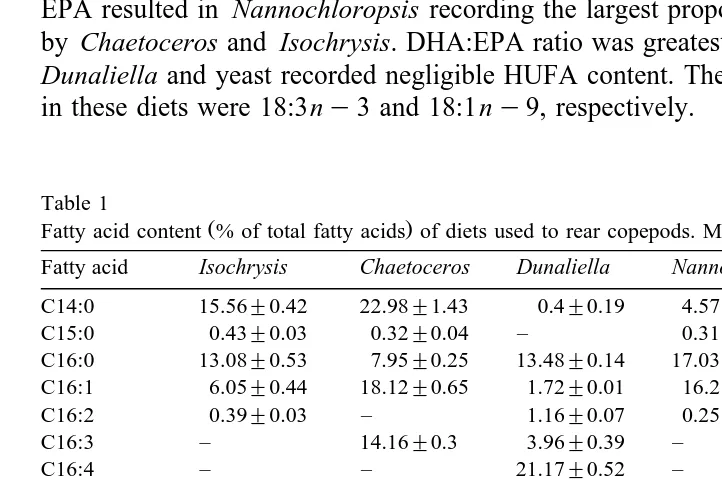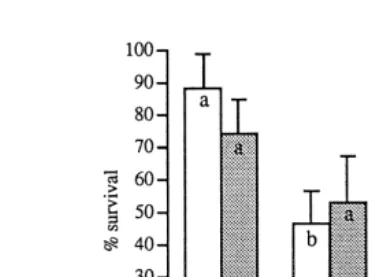Directory UMM :Data Elmu:jurnal:A:Aquaculture:Vol187.Issue1-2.Jul2000:
Teks penuh
Gambar



Dokumen terkait
The objective of this research project was to determine appropriate management practices for production of better quality sweet white lupin in eastern Canada by evaluating the
[r]
Pearl oysters held within inserts, either alone or within adult panel nets, showed the poorest growth rates during this experiment. This most likely resulted from biofouling
In this paper, we evaluated the potential of PNN as an alternative to the traditional logistic regression model for the purpose of predicting disease occurrence in shrimp farms.
Ten measurements were made on the shells of a subset of oysters from seven sites. Observations were also made of adductor scar colour and chomata spacing. Principal component
oral dosing, FLU concentrations in plasma were highest 3.1 m g r ml at 14 h after dosing; absorption and elimination half-lives were 4.9 and 22 h, respectively. The oral
complex SWC nutrient medium. In contrast, plasma from prawns previously injected with both live, non pathogenic Vibrio har Õ eyi strain DPEX and formalin-killed cells of V. coli
The ectoparasitic copepod, Caligus flexispina, is causing increasing problems in farmed salmonids in southern Chile. Field and experimental approaches were used to assess whether any